 DNR Naturalist Guide Nathan Herman shows off a couple of nice smallmouth captured during a research project.The St. Joseph River smallmouth bass population is alive and well.
DNR Naturalist Guide Nathan Herman shows off a couple of nice smallmouth captured during a research project.The St. Joseph River smallmouth bass population is alive and well.
Thats the report from Indiana fisheries biologists who spent six days this month on the river from Bristol, Ind. to the Michigan state line while studying the bass population, tagging fish and collecting data.
Their work well help them monitor Indianas new slot size limit in which fish measuring 12 to 15 inches are protected. Under the recent law change, anglers may keep five bass, but only two can be over 15 inches.
The research team handled more than 1,000 bass, including some largemouth, during the study. Of those fish, 150 were tagged with metal tags on the fishes upper lips. Anglers who catch tagged fish are encouraged to gently remove the tag and contact the DNR with information about the number on it, size of the fish and where it was caught. Bass Pro Shops gift cards will be awarded to several who report them.
The biologists attempted to collect river bass in August but water temperatures were too high and only few fish were located. When they returned last week, hundreds of bass were shallower and within reach of the electrodes (5 to 6 feet) on their shock boat. The electrodes dangle in the water and temporarily stun fish so they can be netted.
There was a remarkable difference in the number of fish we saw last week and the ones we saw in August, he said.
Scale samples, length, weight and location of each fish was recorded and will be used to compare to subsequent studies along with data the DNR receives from information obtained from anglers who catch tagged fish.
We collected some of the best smallmouth Ive ever seen in a river, said Hoosier biologist Neil Ledet who headed the project. We saw a few in the 18-inch class, a 20-incher and several other nice fish.
In addition, he noted a strong number of one-year old smallmouth (5-6 inchers), an indication there was a good spawn last season. However, bass in the 12-inch size class were scarce.
It shows what weve always said; you get good bass spawns on rivers during low water spring seasons than you do during high water periods, he said.
Not surprising, Ledet added, the best numbers of smallmouth were found where habitat was the greatest, an indication how important good habitat is to gamefish.
We found the most smallmouth where there was flowing water, cleaner bottoms and deeper pools, he said. Those deeper pools give fish a place to winter.
Diverse habitat was critical, too. For example, the best collections came from areas where the river meandered and offered good shoreline cover and log jams. Straight runs of the river with limited cover produced fewer fish.
For example, the stretch from Cleveland Road downstream yielded fewer bass than the stretch from Cleveland to the South Bend dam.
The upper stretch is more diverse and the river meanders more, and that was always where found more and bigger fish, Ledet explained.
In another example, crews collected 25 bass per hour from the South Bend dam to Veterans Park in Mishawaka. Yet, from Vets Park to the Mishawaka dam, the count jumped to 132 per hour.
And from Bristol, Ind. to CR 17 east of Elkhart, they collected 400-plus smallies and two-thirds came in the first mile and half downstream from Bristol.
Its all about the habitat, said Ledet.
He noted that largemouth tend to dominate the catch in the wider, slower moving sections, such as the impoundment areas above the Elkhart dam and from McNaughton Park to the Twin Branch Dam. That should come as no surprise to anglers.
All of the fish that the DNR captured were released alive and didnt waste any time getting acclimated. One tagged fish was caught by an angler the day after it was tagged.
That just shows that handling and tagging these fish isnt causing them any harm, Ledet said.
Anglers who catch tagged fish must remove the tag and report it by phone (812) 287-8300 or online at www.in.gov/dnr/fishwild/7709.htm.





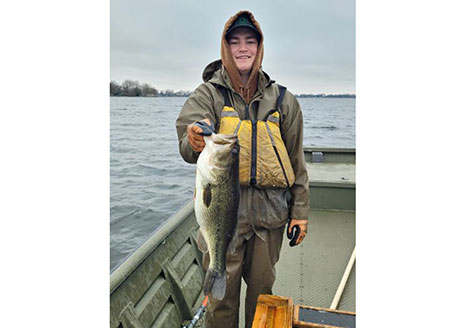
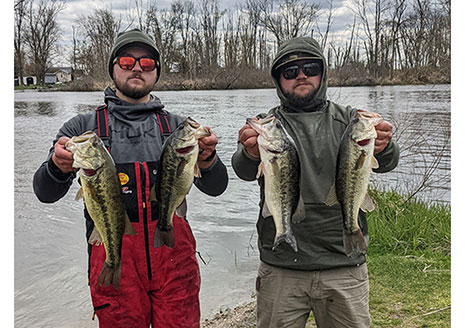


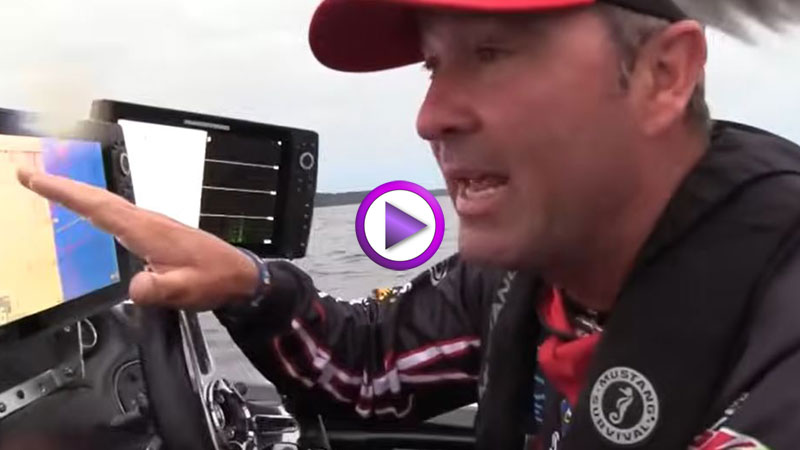



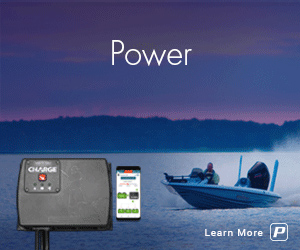
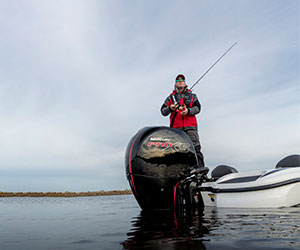



Connect With Us